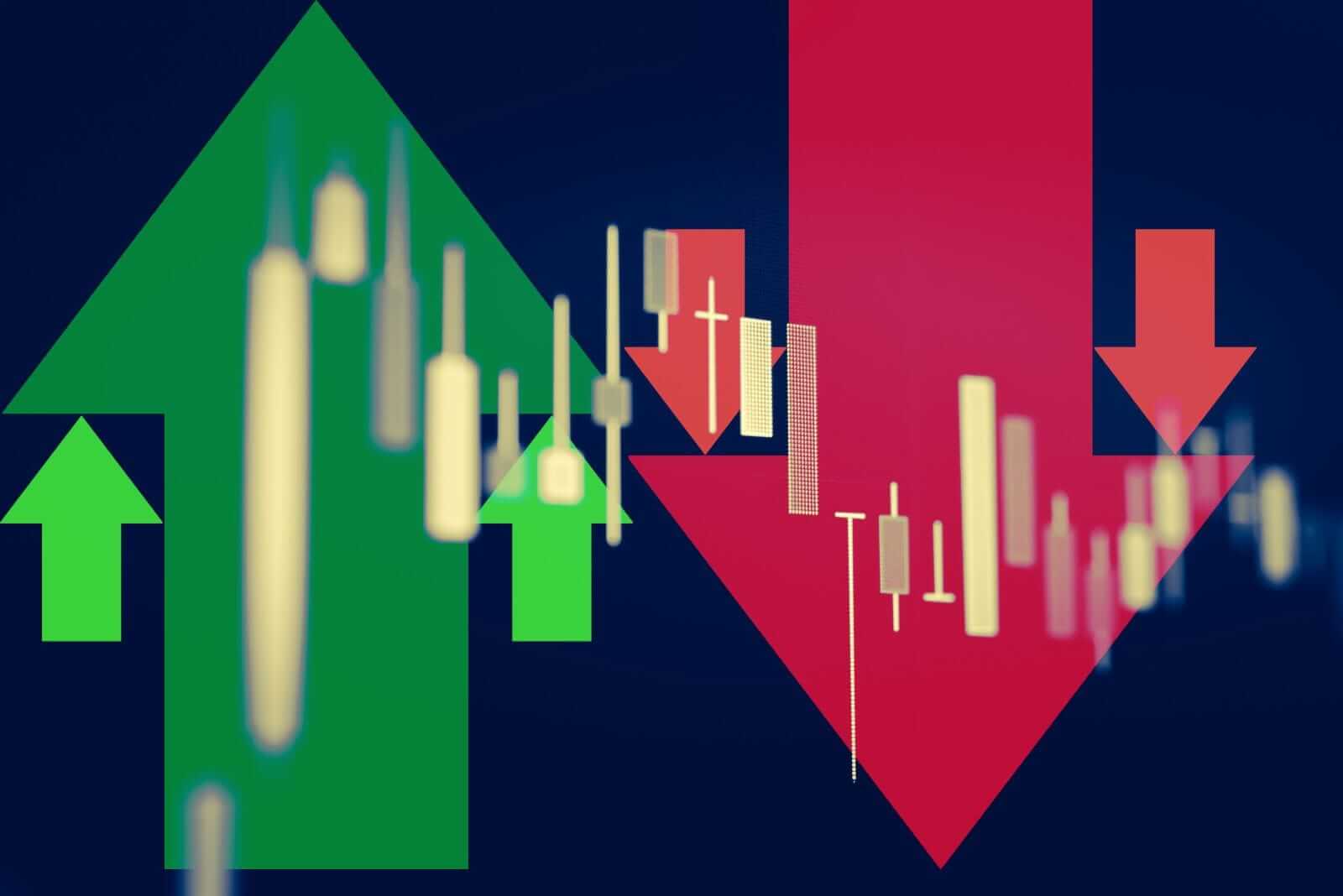
In the grand theater of the stock market, a drama is unfolding above us. The major stock market indexes, those titans of trade that we watch with bated breath, are currently brushing up against a ceiling that’s proving to be as stubborn as it is foreboding—this is what traders call 'overhead supply.' And if the whispers among seasoned market watchers are to be believed, we might just be at the cusp of a descent from these dizzying heights.
What Is Overhead Supply?
Imagine for a moment a ledge packed with boulders. Each boulder represents a seller waiting to offload shares they once bought at a high price—hoping to break even or minimize losses. As the market rises to these levels, a floodgate opens, and these shares pour into the market, creating pressure that often sends prices tumbling. It's a classic case of supply outstripping demand.
The Indexes at a Crossroads
The S&P 500, the NASDAQ, the Russell 2000—these behemoths of market indicators have been on an impressive climb for the month of November. But what goes up must navigate through layers of previous selling, and now they’re facing the consequences of their own success. The rally has been brisk, the ascent steep, and as they near previous high-water marks, the market is bracing for impact.
The Sky Isn't Falling, But It's Certainly Lowering
There's a palpable tension in the air as each index nudges its head against these invisible barriers. While November is off to a phenomenal start, there are obstacles ahead. The collective memory of the market doesn't forget, and price levels that once saw frenzied buying are now the stages of potential retreats. Lets take a look at the indexes one by one to paint a clearer picture.
S&P 500: ($SPX)

For the past three months, markets have been falling faster than sales of Bud Light! From the peak in July, the S&P has been making a series of lower highs as illustrated by the red downtrending line. This clearly represents sellers pushing prices lower, and buyers unwilling to drive prices up. For the last 9 trading sessions however, the buyers have been going crazy! From the lows on October 23rd to Wednesdays high, the S&P has rallied 6.93% in just 8 sessions! To put it into perspective, the average annual return for the S&P 500 from 1980 - 2022 is 10%! Wednesday, price action hesitated right in the middle of that yellow box you see on the chart. That represents a supply zone where there is an increased probability of prices stalling and reversing.
Nasdaq Composite ($NASX)

The Nasdaq Composite looks eerily similar! Wednesday’s trading brought prices right up to the downtrend line and dead center of the supply zone. This looks like a prime candidate for a short, anticipating that the trend for the past few months continues down.
Russell 2000 (IWM):

The Russell 2000 is the worst of the three indexes. It has already hit its overhead supply zone and has been falling for the past 3 trading sessions. Many traders look at the Russell as the “Canary in the Coalmine” when it comes to market moves. If this is true, then the prospect of a market pullback over the next few days increases.
Navigating the Descent
So, what does this mean for the individual investor, the 401(k) holder, the day trader? It means vigilance. It means that stop-loss orders aren't just an option; they're an essential tool in the belt of anyone wishing to safeguard their investments from a potential fall.
But let's be clear: this isn't a time for panic; it's a time for strategic reflection. The markets are a cycle, and for every ebb, there's a flow. For the astute observer, a downturn is not an end but a different kind of opportunity—a chance to reassess, to reevaluate, and to recalibrate strategies for the long haul.
As the indexes flirt with these levels of overhead supply, the message is clear: proceed with caution, but also with a keen eye for opportunity. For while the markets may indeed take a step back in response to this glut of supply, each step back is part of the dance—one that could lead savvy investors to find their next great entry point.
In the grand narrative of the stock market, every twist and turn is a story unto itself. And as we stand at this particular plot point, it’s important to remember that the story is far from over—it’s just awaiting its next chapter.
More Stock Market News from Barchart
- Stocks Close Mostly Higher on Lower Bond Yields and Mixed Corporate News
- Karma Comes Knocking at Warner Bros. Discovery’s Door
- Up 177% YTD, Should This AI Stock Be on Your November Watchlist?
- 2 High-Yield Value Stocks to Buy Now







